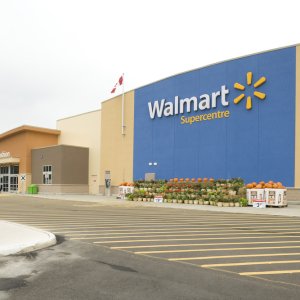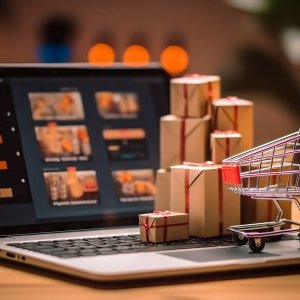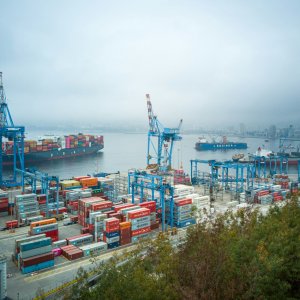AI Can Provide the Ultimate Grocery Delivery Experience

STORY INLINE POST
Artificial intelligence (AI) can provide consumers with the ultimate grocery shopping experience by saving them — and the business — time and by minimizing waste. These savings are reflected in the availability of products at any given moment and the final delivery experience.
AI is a unique tool that is grounded in technology. Contemporary startups that are often distinguished by their creative use of new informatics tools are using it for all kinds of purposes but grocery delivery is quite interesting because it is a rather old concept that is combined with the evolution of the market to have our goods delivered right to our doorstep.
The implementation of AI has become commonplace in businesses of all categories, to the point that today, many consumers take it for granted or even consider it as a simple marketing buzzword. Nonetheless, implementing AI in a wide array of situations can deliver a significant improvement for processes, logistics and, at the end of the pipeline, the final user.
The rise of automated processes and computers helping us to assess situations and act in a data-driven, more efficient way, has reduced waste and increased time savings on operations. Nevertheless, the training of AI-powered systems requires a learning curve that not many businesses are willing to undertake. In the end, they opt for market-ready solutions that solve some of the problems but lack a comprehensive structure tailored for specific problems. This is the value proposition of many startups: incorporating a dedicated team of developers to fulfill specific needs related to UI, UX, and overall customer satisfaction while using their platforms.
Technology has the potential to solve three main issues. The customers are the main beneficiaries because they can save time by having curated content based on their previous purchase decisions and avoid wasting time browsing around the app environment. This allows the business to know what their customers are purchasing and build models to reduce wait times even further and permits the constant availability of a healthy inventory. Lastly, it benefits consumers by letting providers know which products are attracting greater demand, allowing them to plan ahead.
Long gone are the days when businesses relied entirely on a human-made assessment and analysis of warehouse administration. Deployment of SAP systems have made, for instance, the management of inventories, purchases, and expenses a lot easier while keeping everyone informed in real time about the status. But that is only the beginning.
A self-developed AI nourished by aggregated consumption data from the same platform it aims to serve is the sweet spot to truly provide a groundbreaking service that moves efficiently along the supply chain, from the brand product distribution system to an appropriate and unique inventory depending on the area the store will serve and to the final delivery of groceries to customers. A good AI implementation has to begin with the consumer and go backward because consumer behavior is the most important source of information for any business. Based on that, retailers can stock up inventory and predict demand peaks depending on the time of the day or other special occasions that usually have an impact on sales.
Aggregated consumption information is a key tool that is readily available for delivery platforms. It is already on the records every delivery platform keeps for the sake of knowledge. At the very least, it implies which products are performing well and which should be phased out. So, why not use this information to improve the business? By creating a unique user profile based on their historic consumption, we can infer which products would be a good fit for a given customer and help them to decide based on different options and times of the day, or even save them time by prompting the articles they may need and keep them from having to navigate the entire interface to search for what they need at the moment.
Furthermore, consumption information available to the business helps it to garner the power of prediction of purchasing patterns, and even serve as a tool to expand the product catalog with a gradual incorporation of new SKUs in a smooth, innovative fashion. Newly acquired stock would be paired with existing similar merchandise that fall into near categories to push them to potential customers and then measure the success of these products, using data analysis to create the right insight on whether a new SKU is performing well, or if it is a wise time and storage investment to keep certain products in stock. All while giving consumers a wider array of products that they may never have thought of acquiring without suggestions made possible by AI.
This might sound like a lot of work but it is simply taking advantage of information that is readily available, that it is part of a business’ operation and that, in the end, will help us keep an eye on what are we doing well as a business and how can we improve user experience in something as routine as stocking up groceries.
Artificial intelligence is already here. The only thing left for us is to think outside the box, always pursuing the main goal of every business, regardless of their scale: customer satisfaction and retention. New tools are here to help and grocery delivery is becoming an exciting new field for innovation. Everyone needs their daily groceries and we can impress and excite users by leveraging data and automatization.
























